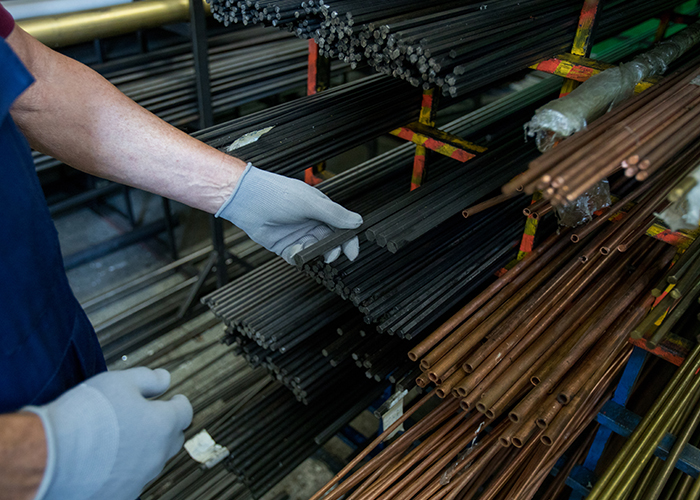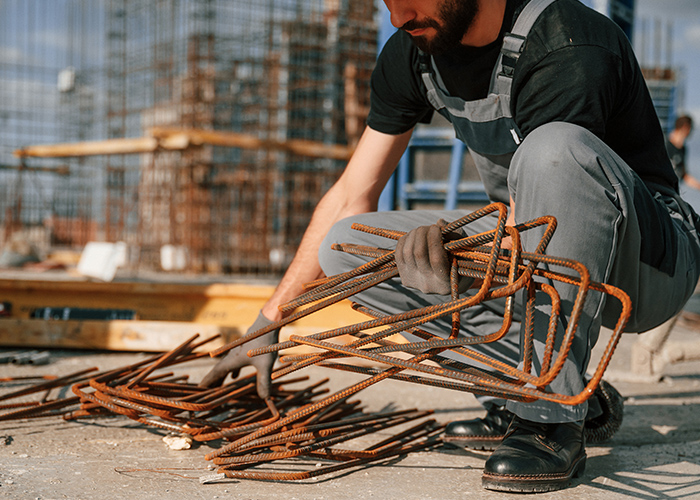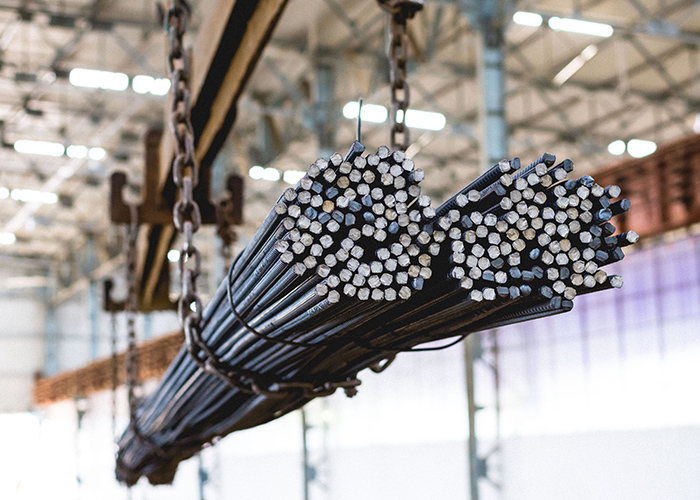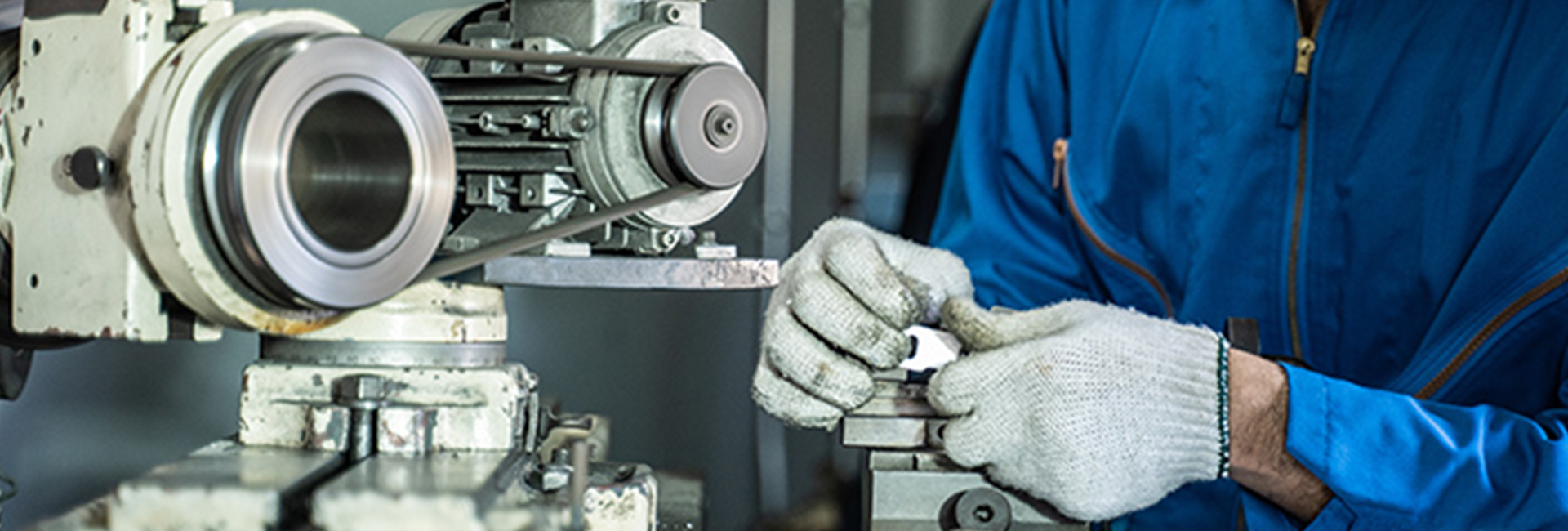Steel is a crucial component of construction. It is only fitting that the quality of TMT bars, one of the most commonly used materials, is excellent. After all, building a structure is a huge exercise and investment that ought to yield consistent returns. The building needs to be strong and durable to survive wear and tear.
Table of Content |
Also Read: The Scope Of Iron Mining Industry In India
TMT (Thermo Mechanically Treated) bars are high-strength reinforcement bars that are used in the construction of buildings to keep them standing in the event of an earthquake. These bars also enable the longevity of the structure. Good quality TMT bars provide additional strength of 20% over normal steel ones.
In order to be sure of the quality of the TMT bars used in construction, you must ensure that you have purchased quality material from certified vendors. Make a list of the top iron ore manufacturers in India before you decide on a vendor. You can also examine the quality of the material by carrying out various tests.
Testing methods for TMT bars

Finding the right set of TMT bars can be a challenge. Essential characteristics of good quality TMT bars include strength and elongation. However, you should also keep the following pointers in mind before you make the big purchase:
-
UTM and Tensile Testing Methods
You may use what is called the UTM (Universal Testing Machine) to determine the strength of a TMT bar. According to IS 1786 specifications, if you want to run the test without a machine, then bars of only up to 32 mm capacity can be tested. This method is called the tensile test.
-
Bend and Re-bend Tests

You may also do a bend and re-bend test at the construction site. The former method entails bending the TMT bar at 180 degrees angle and observing the same. The bar should not crack or rupture if it is of good quality. You may also do the re-bend test, which entails bending the bar at 135 degrees and observing the same. Then you can place the bar in 100 degrees Celsius water for 30 minutes and bend it at 157 degrees. Observe the rebar and see if it cracks.
-
Yield Stress Test
You can also take the yield stress test. In this test, you need to ask questions such as, can this bar take stress, and up to what level? When will it begin to deform plastically? Up to what point will it deform elastically and so on. This is also called the 0.2% proof test. If you have more questions on this test, you can always contact the best iron ore miners in the country for more help.
-
Chemical Analysis with Spectrometer

Lastly, you can conduct a chemical analysis test using a spectrometer. The results arrive in about 10-15 seconds. The result is the composition of the chemicals present in the TMT bar. The percentage of carbon, sulphur, manganese, chromium is shown in this test.
-
Impact Test
The impact test is a crucial quality assessment for getting the best quality TMT bars. It involves subjecting a sample to a specified level of impact to evaluate its toughness and resistance to fracture. Quality TMT bars, known for their high strength and ductility, should exhibit minimal deformation or cracks after the impact test. This ensures their reliability in construction, especially in seismic-prone areas, where the ability to absorb energy without failure is crucial for structural integrity and safety.
-
Strength Test

In various TMT steel tests, this one is crucial. The strength test is a fundamental assessment for determining the quality of TMT (Thermo-Mechanically Treated) bars. It measures the tensile strength, yield strength, and elongation of the bars under specific conditions. The best-quality TMT bars demonstrate high tensile strength, indicating their ability to withstand applied forces, and appropriate elongation values, ensuring ductility and flexibility. These parameters collectively assess the structural integrity and performance of TMT bars, crucial for their application in construction projects.
Conclusion
Rigorous types of rebar testing are essential to ensure the highest quality in Thermo-Mechanically Treated (TMT) bars. The impact test gauges their toughness and resistance to fracture, critical for structural integrity, especially in seismic-prone areas. Meanwhile, strength tests assess tensile strength, yield strength, and elongation, ensuring the bars' ability to withstand applied forces with flexibility and ductility. These comprehensive evaluations contribute to selecting TMT bars that meet stringent quality standards, ensuring their reliability in construction projects. The combination of impact and strength tests is imperative to guarantee the best quality TMT bars for optimal performance and safety.
There are also other tests like chemical test, bend rebend test of steel, yeild stress, etc to ensure that the testing of TMT bars is unmatched and we deliver the highest quality of TMT bars to our buyers.
Armed with these pointers, we are confident that you will not compromise on the quality of TMT bars you purchase. Browse through our website sree metaliks for more information on our TMT bars.

